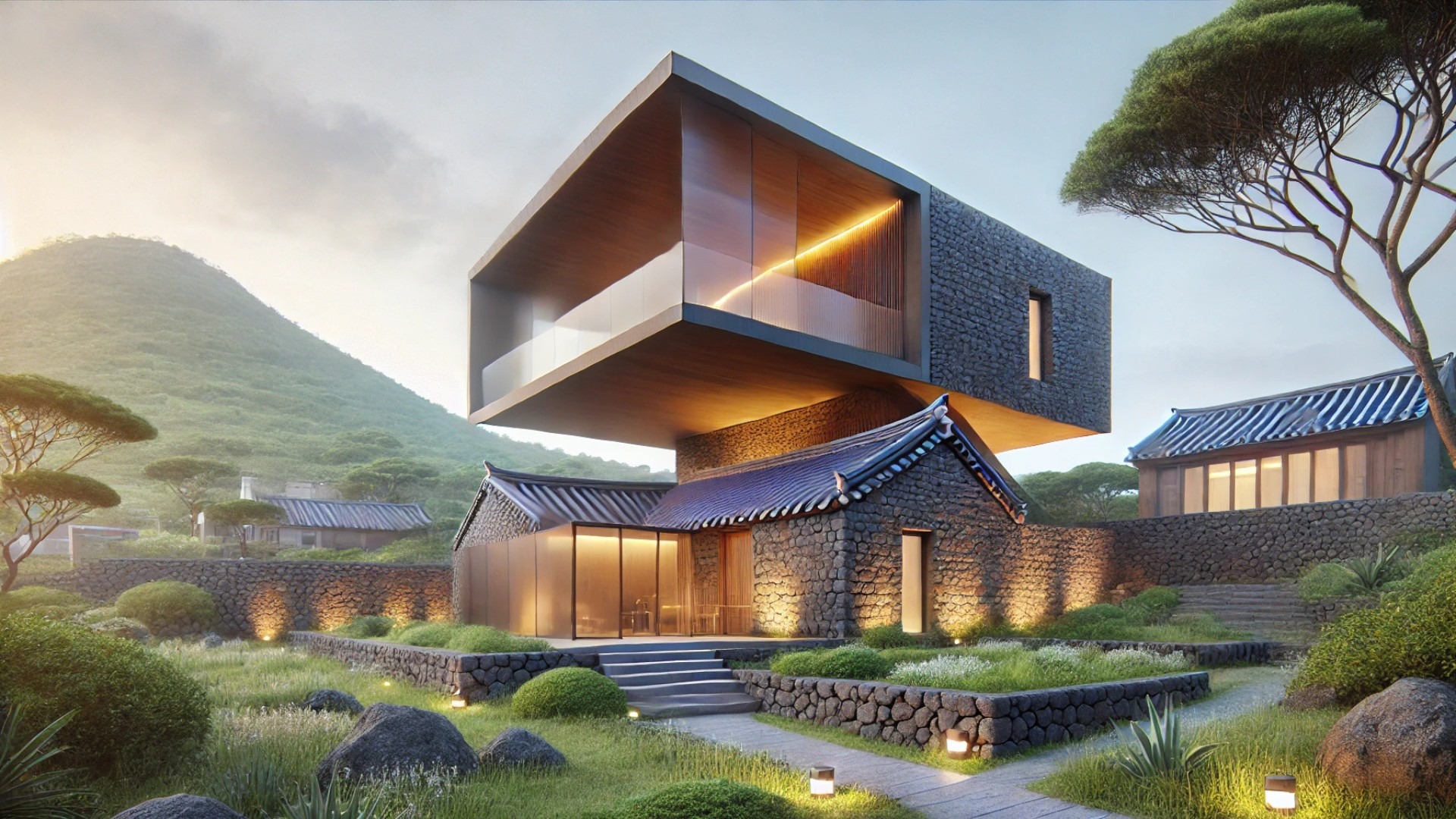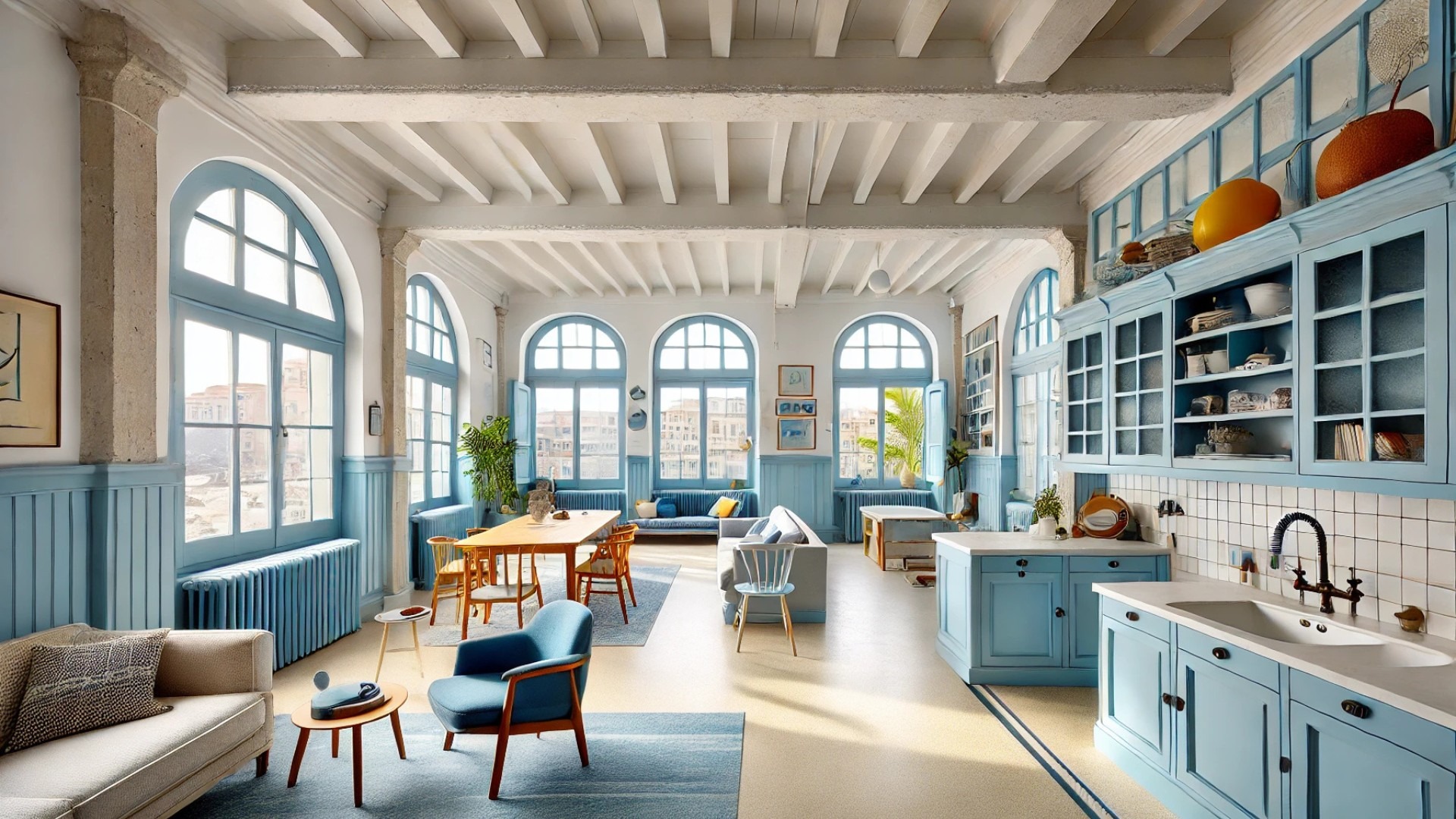
Reviving Heritage: The Charming Transformation of House Covered House
An innovative architectural project in South Korea is creating waves in the design community for its unique approach to preserving history while embracing modern living. The House Covered House, designed by Becban Architecture, takes a stand against the common practice of demolition, opting instead to breathe new life into an existing structure on Jeju Island.
The Beauty of Reuse
The original house, built in 1965, holds a wealth of memories and craftsmanship, and its owner, a skilled artisan working with reclaimed sea materials, proposed a radical idea: reuse the old house rather than tear it down. This bold choice reflects a growing trend in sustainable architecture — one that values historical narrative and material reuse while minimizing waste. In many ways, this project embodies the principles of environmental stewardship and creative technology, showing us that old structures can become integral parts of modern architectural designs.
Integration of Old and New
The architects decided to maintain the integrity of the original home while creating additional space in a creative way. By constructing a new structure around the old one and enveloping them under a single roof, Becban Architecture achieved an impressive spatial continuum that married the unique characteristics of the historic house with innovative design elements.
This design philosophy reduces the footprint of new construction, grabs the eye with aesthetically pleasing lines, and highlights the beauty of the existing stone walls and window placements. New rooms were added strategically, refashioning the flow of daily living while ensuring the spirit of the original design remained intact. This idea not only results in functional spaces but has also led to the creation of aesthetically unique areas, such as the newly envisioned kitchen and dining space that continues to merge indoor and outdoor living.
Light and Aesthetics: An Architectural Dance
As the project unfolded, the challenge of maximizing natural light became a central theme. By intentionally offsetting the new gable roofs, the architects allowed light to permeate the deeper areas of the home, illuminating spaces that had previously remained shrouded in shadow. This thoughtful design decision not only enhanced aesthetics but also created a more welcoming, vibrant atmosphere for the occupants.
It’s this delicate balance of old and new, function and beauty, that makes this project stand out in the current architectural landscape, encouraging others to consider similar paths in their own renovations. Through embracing the past, we can pave the way for beautiful and livable futures.
Conclusion: A Timeless Lesson in Design
House Covered House is more than a mere renovation; it’s a valuable lesson in design that advocates for sustainability, creativity, and the preservation of stories. Its example challenges us to rethink how we engage with our built environment, emphasizing respect for history through innovative adaptation.
As you explore your own living spaces, consider how you might incorporate the charm of the past into your present and future. Embracing the old while welcoming the new may lead to the most delightful discoveries in your home.
 Add Row
Add Row  Add
Add 

 Add Row
Add Row  Add Element
Add Element 




Write A Comment